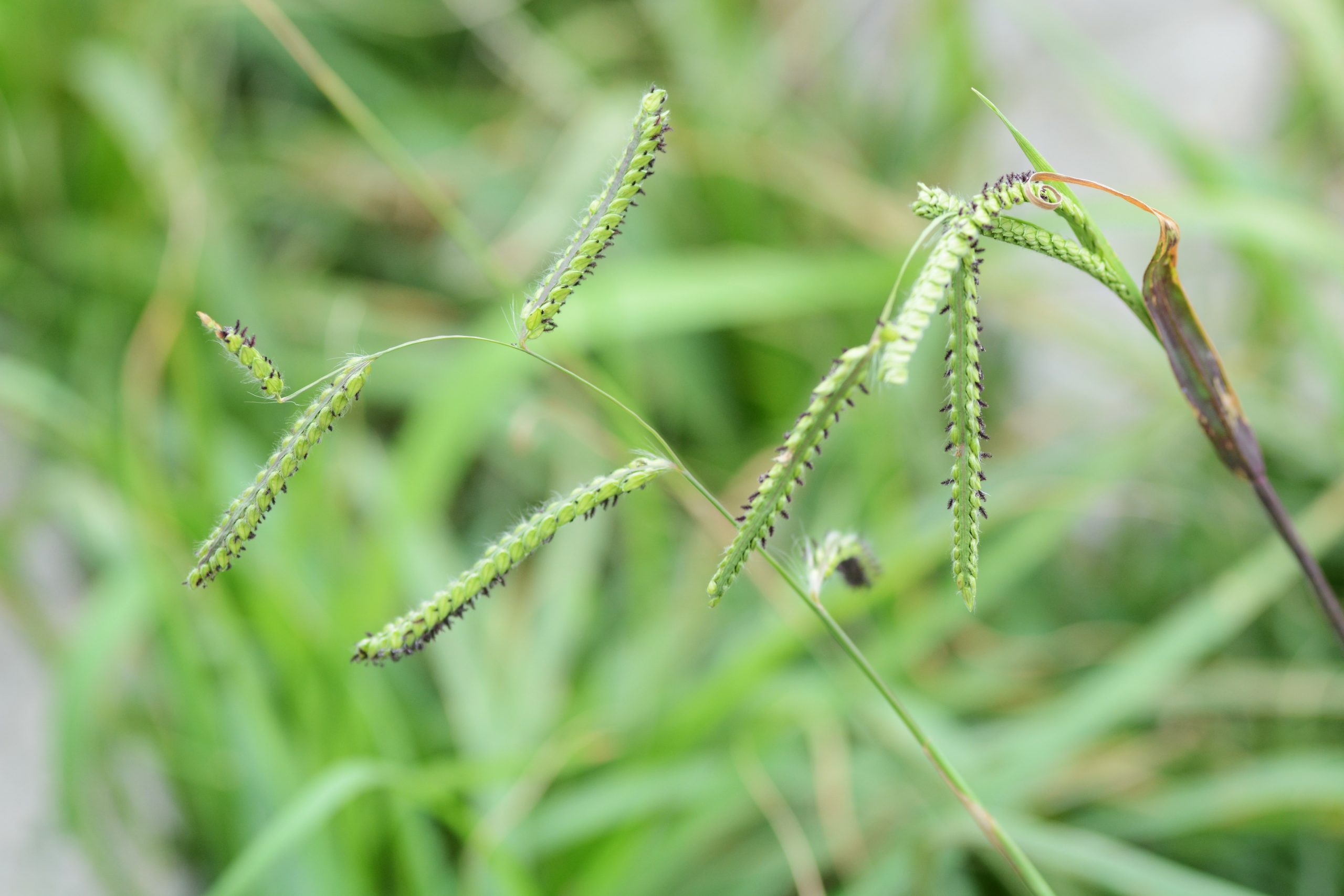Hailing from South America, dallisgrass has become a challenge for both homeowners and lawn care operators. It was brought to the United States in the 1800s and has since invaded the South into the transition zone. Its name is a nod to A.T. Dallis, who advocated importing the plant before it became such a nuisance.
Dallisgrass (Paspalum dilatatum) is a perennial grassy weed that’s notoriously difficult to control. Its short, thick rhizomes help it spread quickly in lawns. And its rapid growth sends it towering over desirable turf, making it a real eyesore on any property.
As a warm-season grass, dallisgrass seedlings germinate during spring at soil temperatures in the 60°F to 65°F range. Its seeds can spread via maintenance equipment, soil, or sod. Dallisgrass also spreads via rhizome.
Dallisgrass thrives in soils with high moisture content. Other than that, it is dangerously adaptable to different soils and conditions. It is more cold-tolerant than other warm-season grasses, which only enhances its ability to dominate a lawn. Its penchant for wet conditions encourages dallisgrass growth in low areas or in any lawn that is over-irrigated.
Identification and Lookalikes
Sometimes mistaken for crabgrass, dallisgrass has coarse blades that grow in bunches. The plant grows tall and upright, whereas crabgrass grows closer to the ground. Dallisgrass also has distinct seedheads, which have individual stems and are larger and darker than crabgrass seedheads.
Dallisgrass is even more closely related to bahiagrass (Paspalum notatum) and knotgrass (Paspalum distichum), both of which are perennial warm-season grasses as well. Bahiagrass has rhizomes like dallisgrass, but dallisgrass rhizomes have distinctive dark stripes to differentiate them. To distinguish it from knotgrass, look for flat stems in contrast to the round stems of knotgrass.
Control
Dallisgrass prevention begins with good “hygiene.” Since seeds can travel on equipment, be sure to clean your machinery from one property to the next. Likewise, be careful about where you source any soil or sod you bring onto a property. Do your due diligence to ensure you’re not the reason a customer has a dallisgrass issue for years to come. Since dallisgrass thrives in wet conditions, proper irrigation and drainage practices can also help minimize its growth.
Dallisgrass control is complicated. As always, physically pulling the weeds is an option, but not always an effective or realistic one. Because the weed is perennial, pre-emergent herbicides aren’t a helpful control, either. That leaves post-emergent herbicides as the best solution to this challenging problem.
A selective herbicide is ideal for post-emergent treatment in the fall, which is the best time to treat dallisgrass. Liquid herbicide and surfactant combinations typically have the best efficacy. Another option is spot-spraying a selective herbicide (such as Pylex) to treat small areas of dallisgrass, then seeding to reestablish the turfgrass stand.
Ultimately, the best defense against a difficult weed like dallisgrass is maintaining resilient lawns in the first place. Because dallisgrass is such a tough perennial, it may take more than one year to get rid of it. Contact your ATS rep for help identifying and controlling dallisgrass in the lawns you treat.












